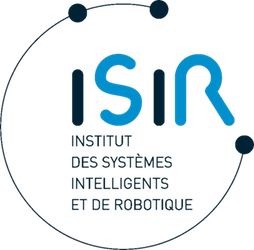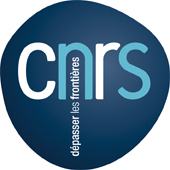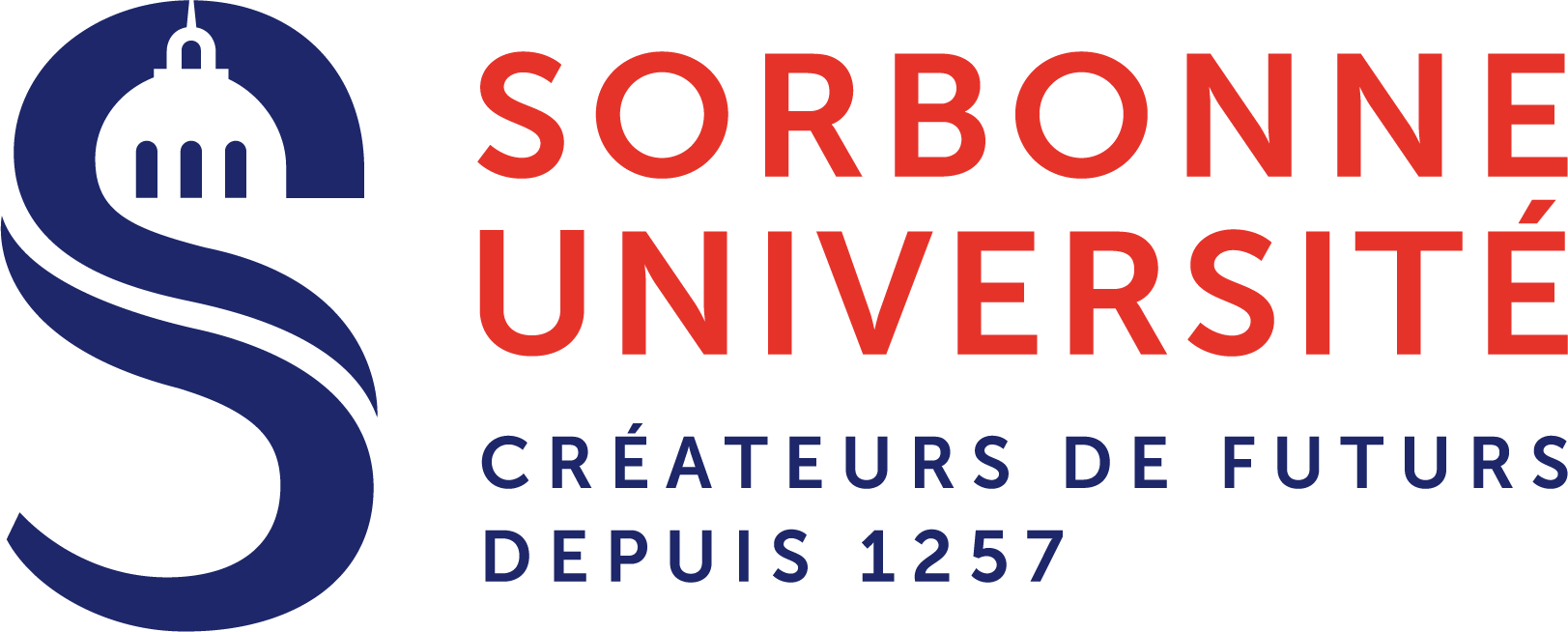We have two papers accepted at the ACM conference on Intelligent User Interfaces (IUI). The two papers addresses investigates interactive machine teaching in two different context: 1) the use interactive machine teaching for arm prosethesis personalisation; 2) the collaborative strategies in interactive machine teaching.
Vaynee Sungeelee, Nathanaël Jarrassé, Téo Sanchez, Baptiste Caramiaux. Comparing Teaching Strategies of a Machine Learning-based Prosthetic Arm. ACM IUI, 2024
Abstract: Pattern-recognition-based arm prostheses rely on recognizing muscle activation to trigger movements. The effectiveness of this approach depends not only on the performance of the machine learner but also on the user’s understanding of its recognition capabilities, allowing them to adapt and work around recognition failures. We investigate how different model training strategies to select gesture classes and record respective muscle contractions impact model accuracy and user comprehension. We report on a lab experiment where participants performed hand gestures to train a classifier under three conditions: (1) the system cues gesture classes randomly (control), (2) the user selects gesture classes (teacher-led), (3) the system queries gesture classes based on their separability (learner-led). After training, we compare the models’ accuracy and test participants’ predictive understanding of the prosthesis’ behavior. We found that teacher-led and learner-led strategies yield faster and greater performance increases, respectively. Combining two evaluation methods, we found that participants developed a more accurate mental model when the system queried the least separable gesture class (learner-led). Our results conclude that, in the context of machine learning-based myoelectric prosthesis control, guiding the user to focus on class separability during training can improve recognition performances and support users’ mental models about the system’s behavior. We discuss our results in light of several research fields : myoelectric prosthesis control, motor learning, human-robot interaction, and interactive machine teaching.
Behnoosh Mohammadzadeh, Jules Françoise, Michèle Gouiffès, Baptiste Caramiaux. Studying Collaborative Interactive Machine Teaching in Image Classification. ACM IUI, 2024
Abstract: While human-centered approaches to machine learning explore various human roles within the interaction loop, the notion of Interactive Machine Teaching (IMT) emerged with a focus on leveraging the teaching skills of humans as a teacher to build machine learning systems. However, most systems and studies are devoted to single users. In this article, we study collaborative interactive machine teaching in the context of image classification to analyze how people can structure the teaching process collectively and to understand their experience. Our contributions are threefold. First, we developed a web application called TeachTOK that enables groups of users to curate data and train a model together incrementally. Second, we conducted a study in which ten participants were divided into three teams that competed to build an image classifier in nine days. Qualitative results of participants’ discussions in focus groups reveal the emergence of collaboration patterns in the machine teaching task, how collaboration helps revise teaching strategies and participants’ reflections on their interaction with the TeachTOK application. From these findings we provide implications for the design of more interactive, collaborative and participatory machine learning-based systems.



